5 ways to use shape psychology in logo design
Shapes, like colours, have built-in associations that can have a significant impact on your logo designs, and make them more memorable too. From the smooth curves of McDonald’s and Nike, to the strong, stable squares of Microsoft and the BBC, to the powerful triangles of Mitsubishi or Caterpillar – even the most basic shapes can become iconic.
We’ve already explored the role colour psychology plays in branding: read on to discover how five different shapes and angles can affect a logo design…
01. Create harmony with circles
Circular shapes are organic, smooth and feminine, and help project positive emotional energy, as well as feelings of partnership and unity – not least because of their association with wedding rings.
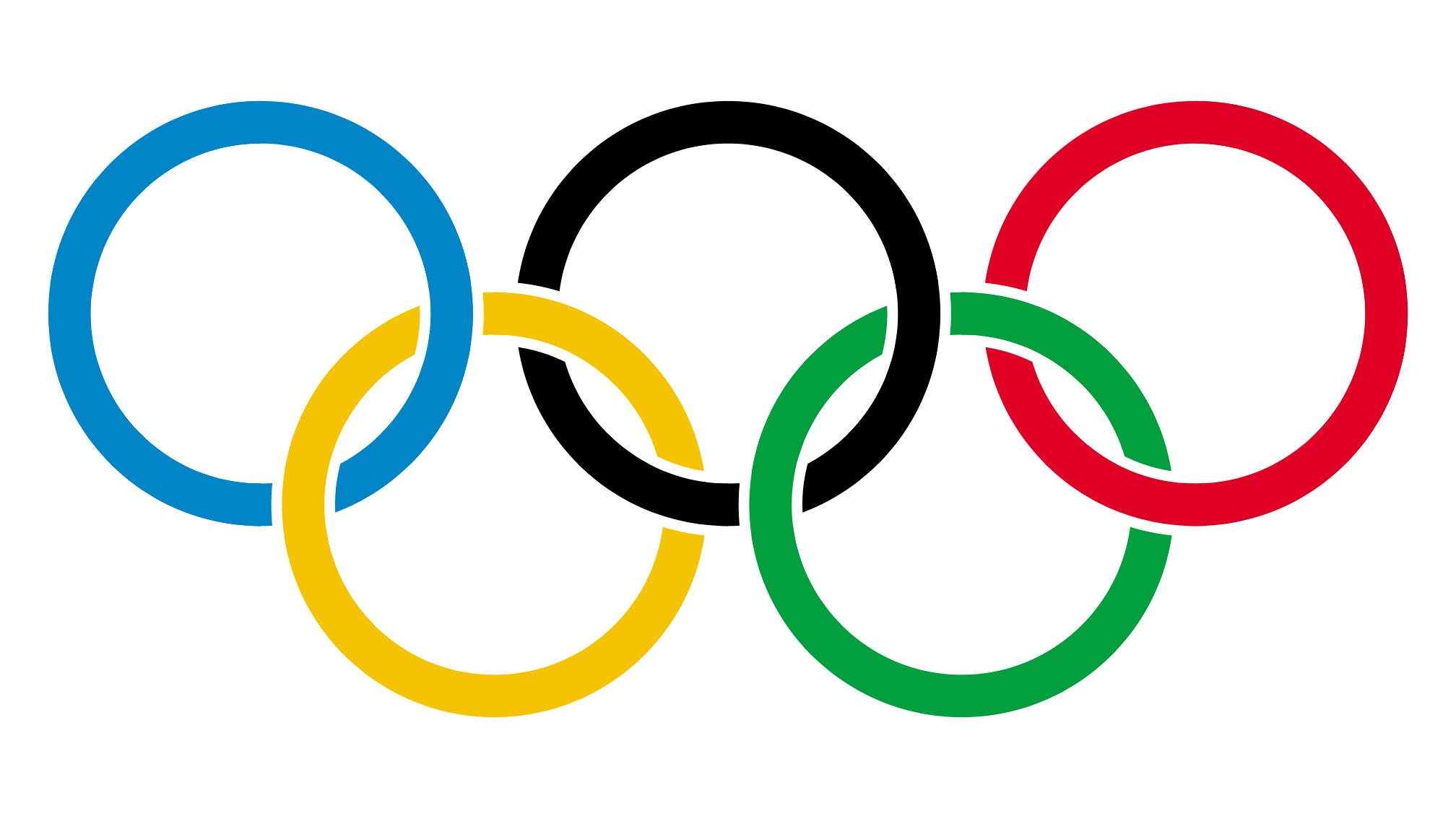
Unbroken circles are one thing, but this positivity extends into any use of flowing curves in a logo design. They can evoke dynamic movement, feel warm and comforting, or hint at the shape of a smile.
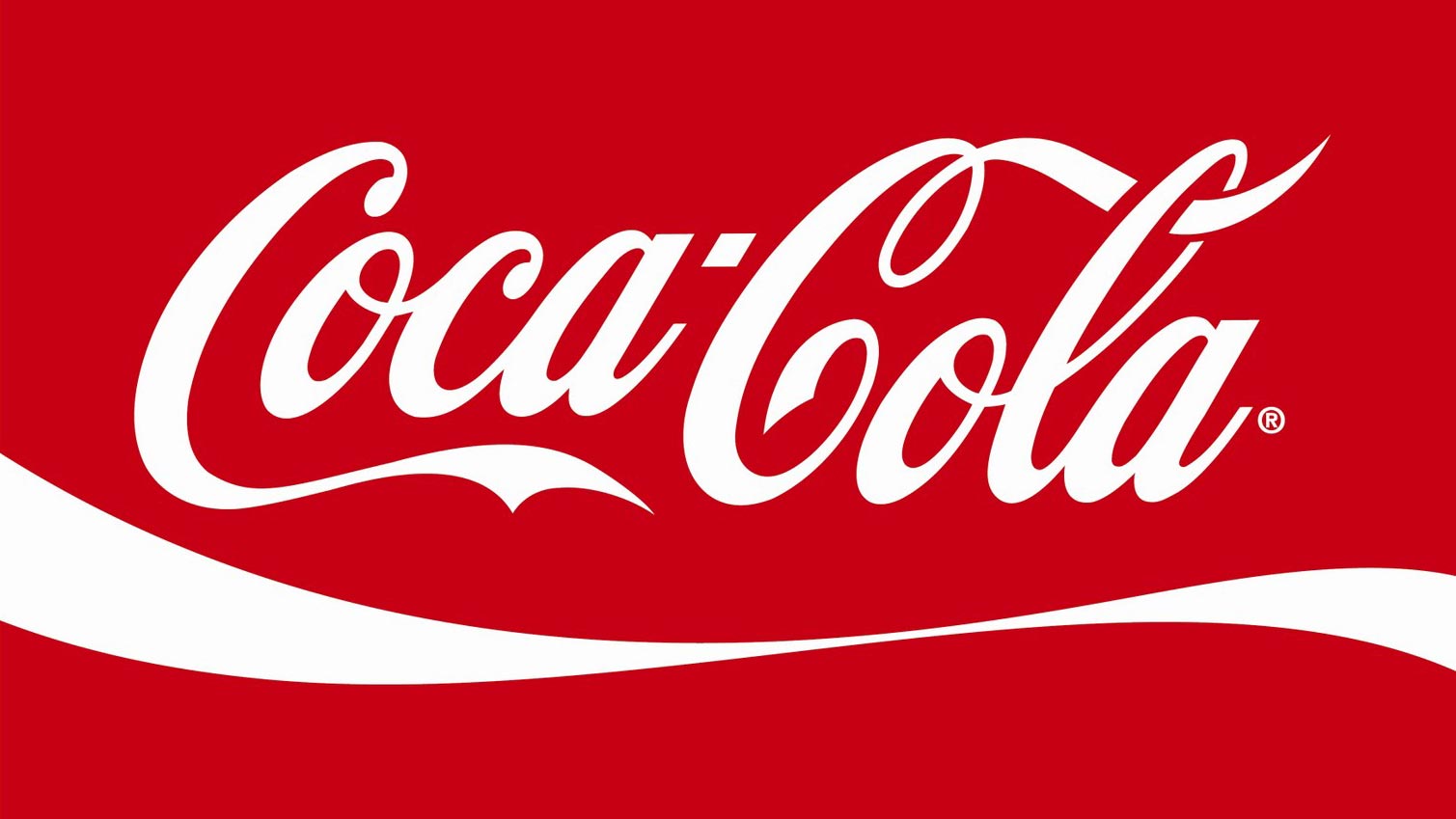
According to Wassily Kandinsky’s theory, developed at the Bauhaus, shape is also closely associated with colour and the two form a visual language that can transcend cultural boundaries. For Kandinsky, the circle corresponds with cool, spiritual blue.
02. Establish power with triangles
At the opposite end of the spectrum, the sharp angles in triangular shapes make for strong, masculine and powerful logo designs that are often used for scientific, religious and legal institutions.
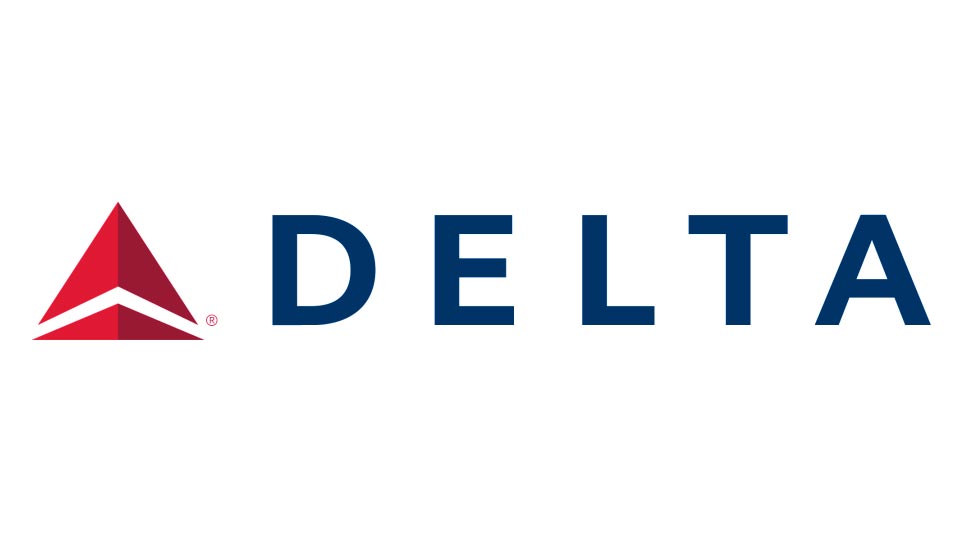
Diagonal lines in general can make a logo design more dynamic, energetic and lively, although if overused that energy can overshoot into associations with danger and volatility – not attributes that many brands crave.
Daily design news, reviews, how-tos and more, as picked by the editors.
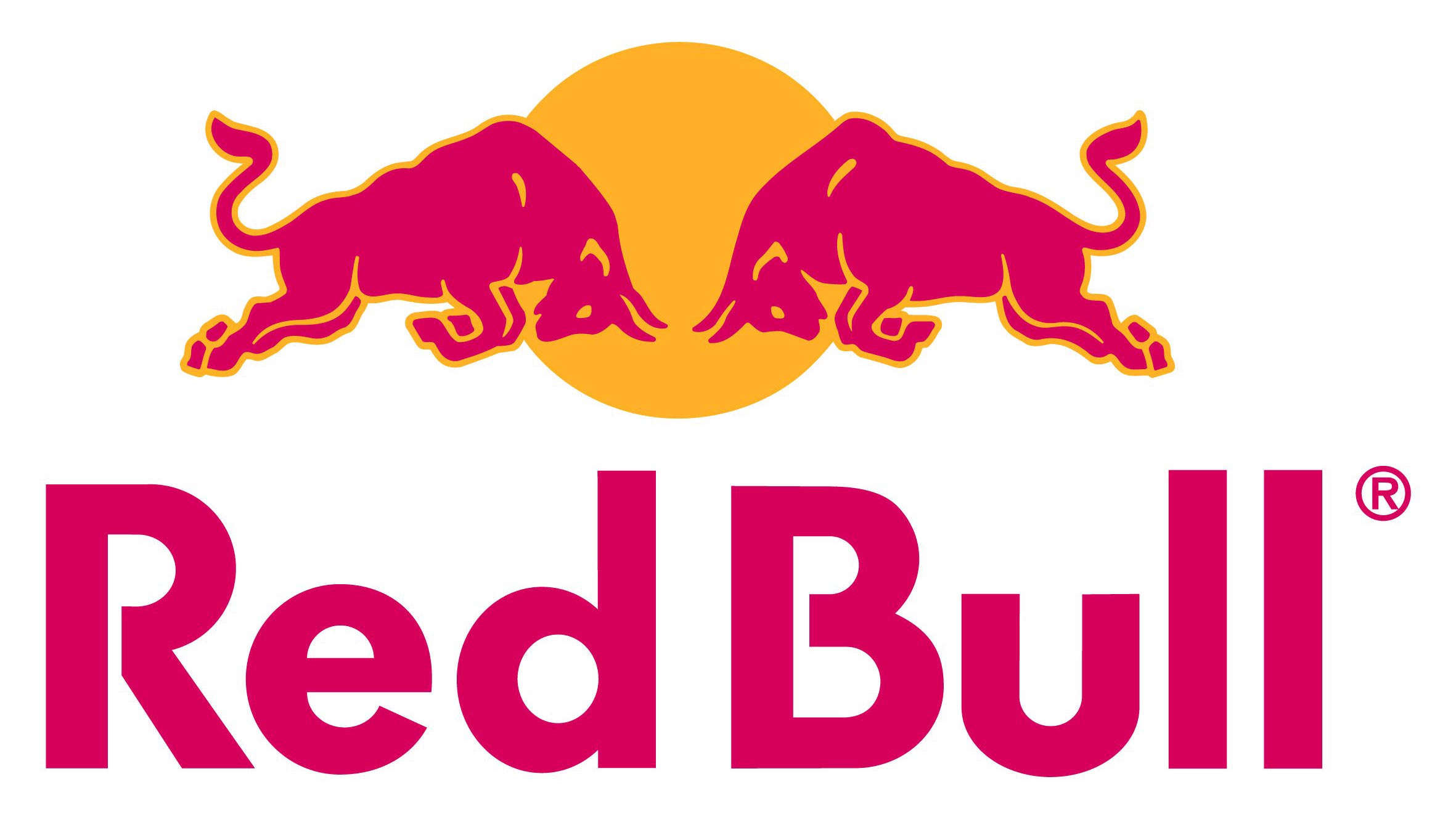
According to Kandinsky’s theory, the bright, zingy sharpness of yellow complements triangles most effectively – which ties in with the shape’s naturally energetic qualities.
03. Convey stability with squares
Compared with the dynamism of circles and curves, straight-edged shapes such as squares and rectangles are much more rigid and organised, and help convey values such as stability, trustworthiness and order.

Square and rectangular logo designs can also communicate balance and efficiency, although if paired with dull colours run the risk of feeling cold and impersonal – so consider using bright, dynamic colours to enhance the emotional appeal of the logo.
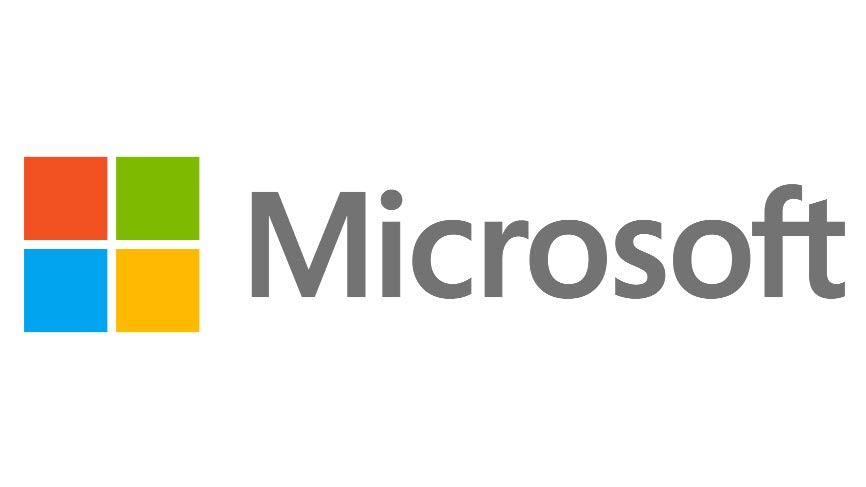
For Kandinsky, squares are most closely associated with the colour red, because of its familiar, earthy qualities, which complement the shape’s natural stability and trustworthiness.
04. Keep it calm with horizontal lines
The reliable right-angles found in squares and rectangles establish stability, but where only horizontal lines are used in a logo design, the effect can be calming and tranquil.
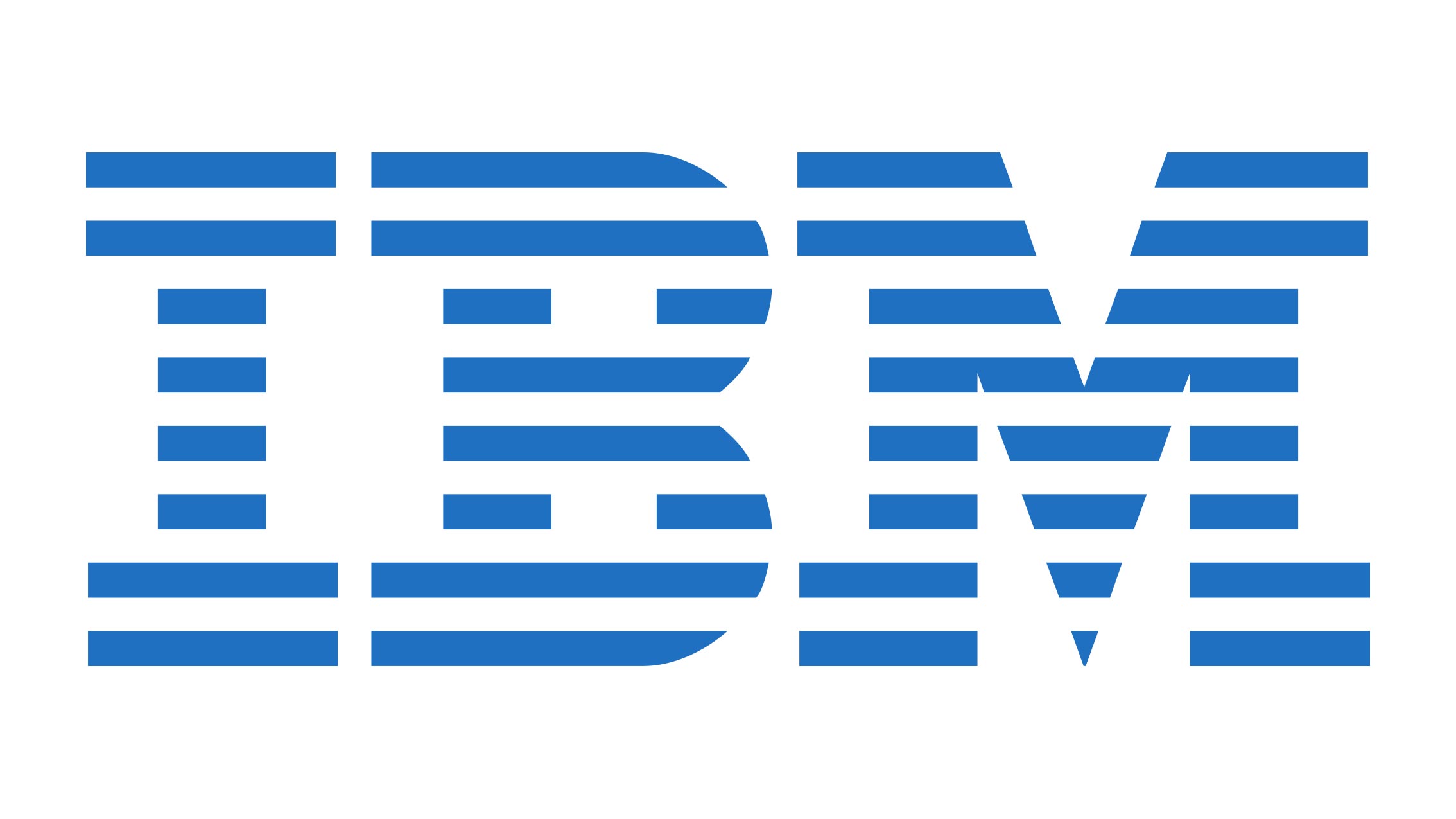
Horizontal lines tend to feel more level-headed, composed and trustworthy than their diagonal or vertical counterparts, and as a result can be quite a safe choice for logo designers to use.
05. Show strength with vertical lines
By contrast, vertical lines feel stronger and more aggressive. Like square shapes, they help convey stability, professionalism and balance, but with a sharper, more competitive edge.
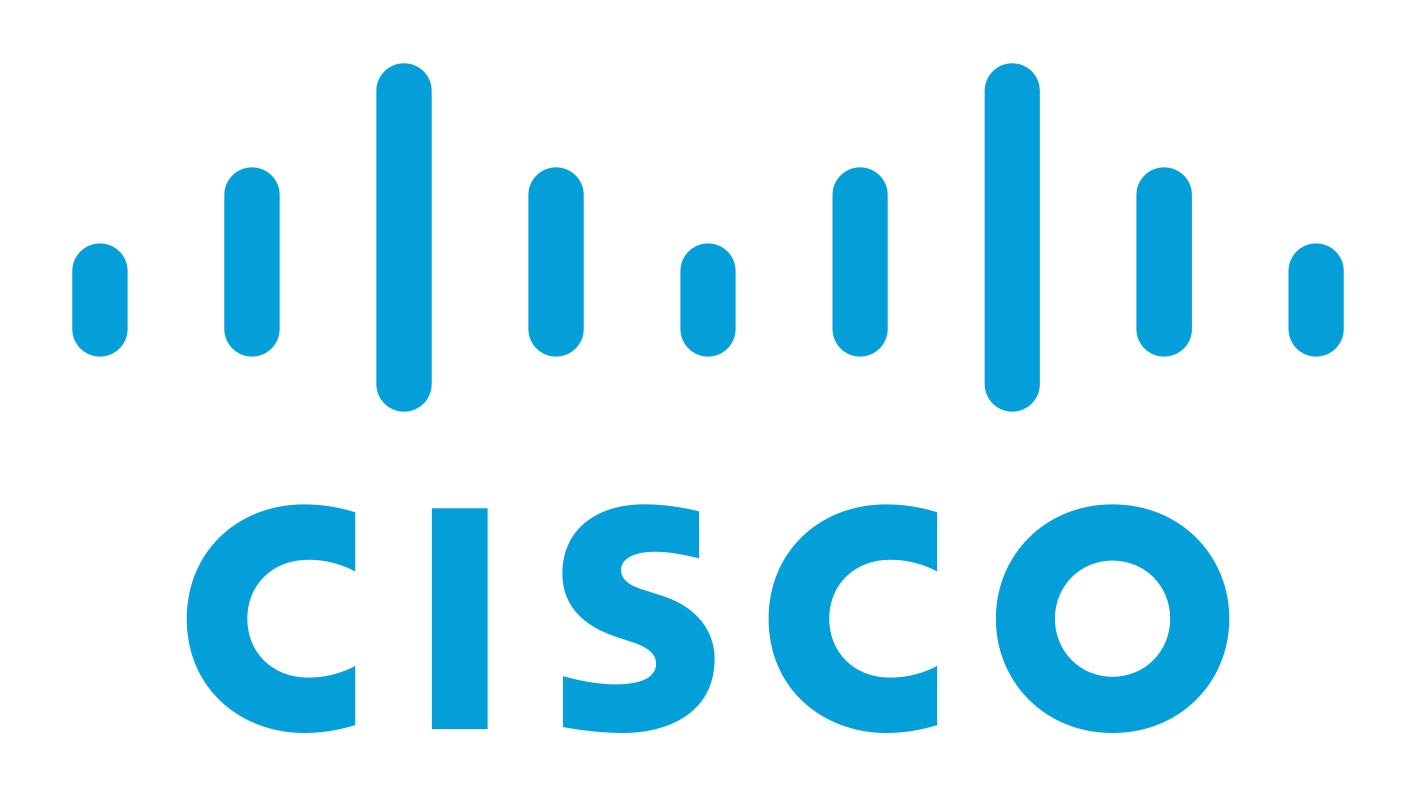
In logo design terms, this can be particularly effective in ‘masculine’ sectors in which brand rivalries abound and a strong, domineering aesthetic fits the bill. If you’re looking for a warm, friendly vibe, avoid them.
Enter your best branding to the Brand Impact Awards
If you’ve already mastered the craft of branding, submit your best work to Computer Arts’ international awards scheme.
The Brand Impact Awards celebrate the very best branding work from all around the world. Deadline for 2017 entries is 9 June. Find out more at www.brandimpactawards.com.
Read more:

Nick has worked with world-class agencies including Wolff Olins, Taxi Studio and Vault49 on brand storytelling, tone of voice and verbal strategy for global brands such as Virgin, TikTok, and Bite Back 2030. Nick launched the Brand Impact Awards in 2013 while editor of Computer Arts, and remains chair of judges. He's written for Creative Bloq on design and branding matters since the site's launch.
